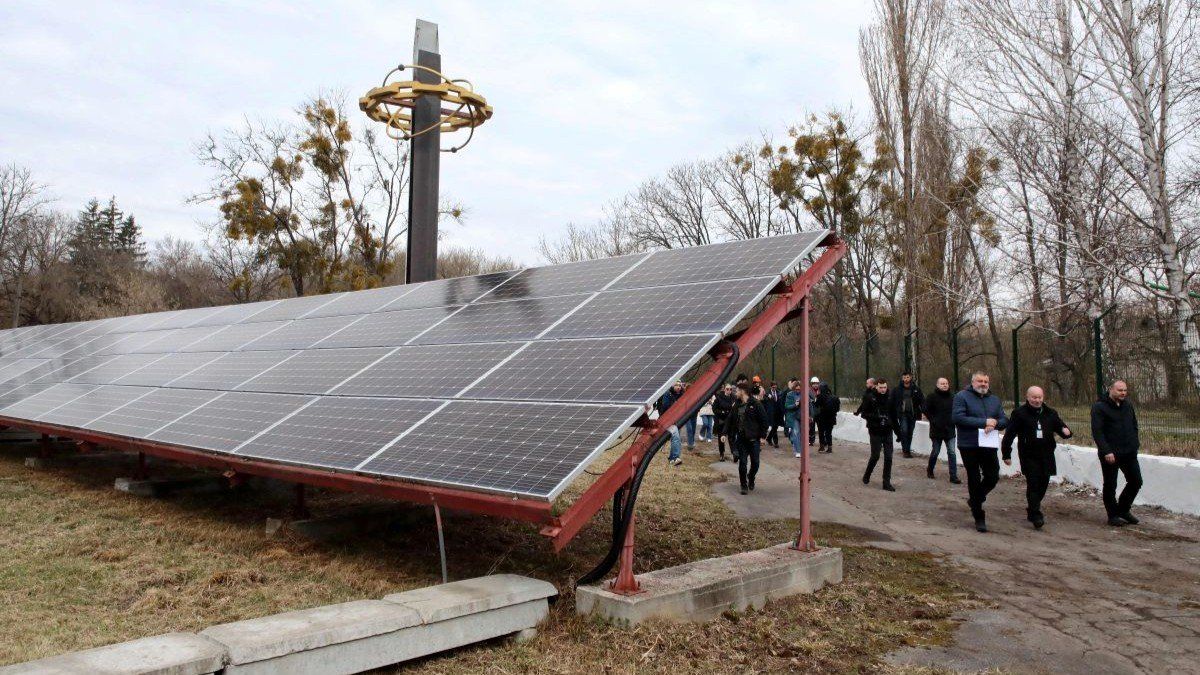Two months after their infamous White House fight, the US and Ukraine announced on Wednesday that they had finally struck a long-awaited minerals deal.
What’s in this deal? It creates a joint US-Ukraine investment fund to invest in the development of Ukraine’s rare earth minerals – which are used in electric vehicle batteries and other consumer and military technology – as well as oil and gas. Future US military support for Ukraine will be counted as part of Washington’s investment in the fund. Revenue from the natural resources extraction will be split 50/50 between the two countries. None of the proceeds of the fund will be used to reimburse the US for the roughly $120 billion in aid it has sent so far.
Will the deal help end the war? Ukraine’s President Volodymyr Zelensky has argued the deal would give Washington a stake in Ukraine’s peaceful future, making it less likely that Trump would halt all US support for Ukraine’s defense against Russian invaders. Trump prides himself on his ability to cut big deals and will protect an agreement once signed. The president noted during a press event at the White House yesterday that the US presence in Ukraine “will keep a lot of bad actors out of the country.” That’s clearly what Kyiv is hoping for. The text of the deal recognizes a “free, sovereign, and secure Ukraine.
But this deal, however lucrative for the US and useful for a Ukraine desperate to keep Trump onside, doesn’t change the reality that Kyiv and Moscow’s visions for Ukraine’s future are fundamentally incompatible. That said, anything that keeps Washington invested in Ukraine’s defense will be greeted as good news in Kyiv.
One last step. Ukraine’s parliament must still ratify the framework for the deal before it becomes law.
